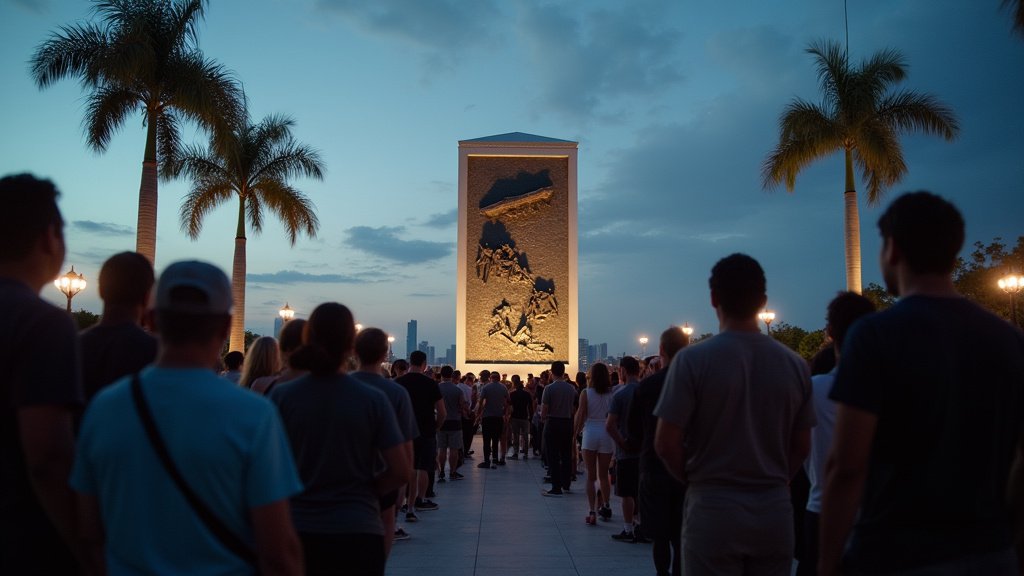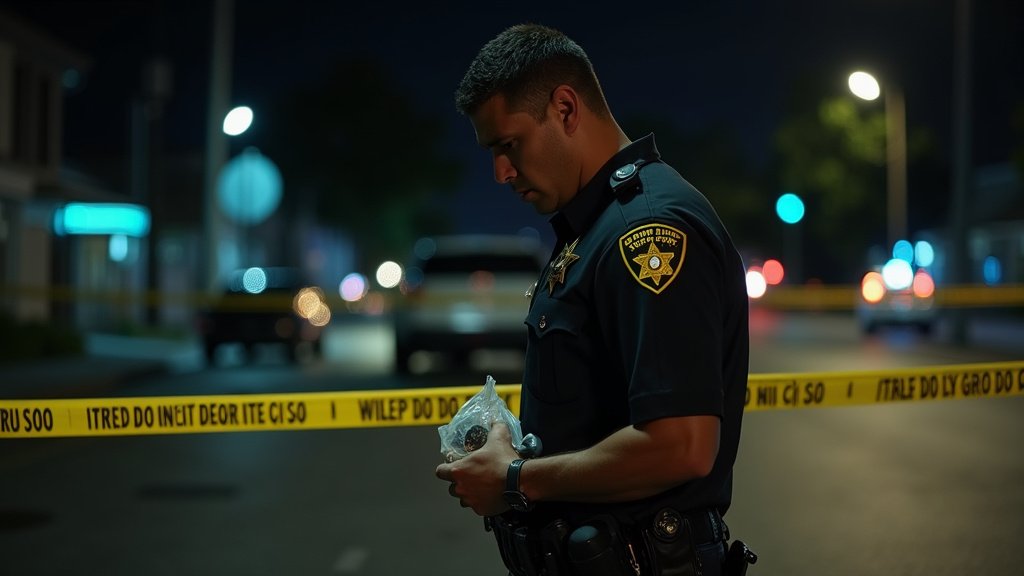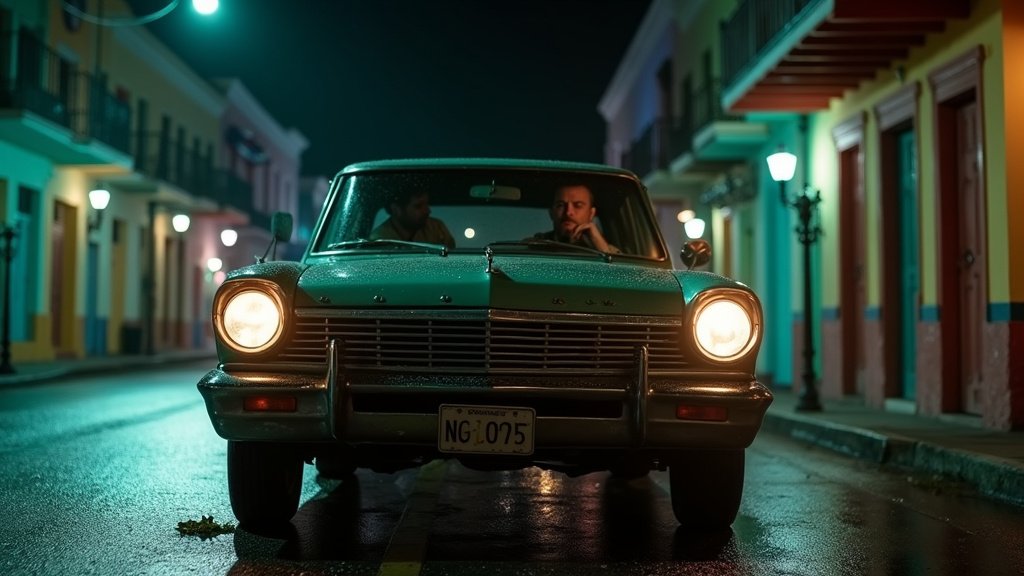MIAMI – The City of Miami today, August 27, 2025, stands as a beacon of remembrance with the official unveiling of a new monument dedicated to the victims of the “13 de Marzo” tugboat massacre. The ceremony, held at the Plaza de la Cubanidad, is a poignant tribute to the 41 individuals, including 12 children, who perished on July 13, 1994, when Cuban authorities attacked and sank the vessel they were using to flee the island.
The event, hosted by Miami Mayor Francis Suarez and District 3 Commissioner Joe Carollo, brought together survivors, families of the victims, and members of the community for a solemn commemoration of one of the most tragic events in recent Cuban history. “We will commemorate this important moment for our community and pay tribute to the enduring spirit of those who fought for liberty,” stated Commissioner Carollo in anticipation of the ceremony.
The “13 de Marzo” Tragedy: A Desperate Bid for Freedom
The “13 de Marzo” tugboat incident occurred in the pre-dawn hours of July 13, 1994. Approximately 72 Cubans, desperate to escape the political and economic hardships on the island, commandeered the tugboat “13 de Marzo” from Havana harbor, hoping to reach the United States. Their bid for freedom was met with brutal force just seven miles off the Cuban coast. Four Cuban government vessels, equipped with water hoses and configured to ram, intercepted the tugboat. Eyewitness accounts from survivors paint a harrowing picture of relentless assault, with the government boats using high-pressure water cannons to dislodge passengers, including women and children, from the deck, and deliberately ramming the tugboat until it sank.
Despite pleas for mercy and attempts to surrender, the attack continued. The tragic outcome was the drowning of 41 people, including 12 children. Thirty-one survivors were eventually rescued, many of whom later recounted the horrific details of the attack, describing how the pursuing vessels circled the survivors, creating whirlpools to ensure they drowned. The Cuban government, however, initially denied responsibility, claiming the sinking was an accident caused by the vessel’s unseaworthiness or the actions of the escapees themselves.
International Condemnation and Findings of Guilt
In the aftermath of the massacre, numerous human rights organizations and international bodies launched investigations. The Inter-American Commission on Human Rights (IACHR), after a thorough examination, released a special report in October 1996. The commission concluded that the Cuban state was responsible for premeditated murder, finding clear evidence that the sinking was not an accident but a deliberate act. The IACHR ruled that the Cuban government violated the rights to life, physical integrity, and freedom of movement for the victims and survivors. Amnesty International echoed these findings, stating that there was sufficient evidence to indicate an official operation and that those who perished were victims of extrajudicial execution. Despite these international condemnations, the Cuban government has largely failed to hold any individuals accountable for the tragedy, contributing to a pervasive sense of impunity.
A Monument in Miami: Remembering and Honoring
Miami, a city with a significant Cuban-American population, has long been a center for remembering and advocating for those affected by the Cuban regime’s policies. The “13 de Marzo” massacre holds a particularly painful place in the collective memory of the diaspora, symbolizing the lengths to which Cubans will go for freedom and the brutality faced by those seeking it. The newly unveiled monument at the Plaza de la Cubanidad, a site already dedicated to commemorating Cubans who died trying to reach freedom, serves as a permanent testament to the lives lost.
This monument is more than just a marker; it is a powerful symbol of remembrance, resilience, and the unyielding pursuit of justice. It aims to educate future generations about this dark chapter in Cuban history and to honor the courage of those who risked everything for a better life. The presence of Mayor Suarez and Commissioner Carollo underscores the city’s commitment to acknowledging the experiences of its diverse communities and their historical struggles.
Current Affairs and the Enduring Cry for Human Rights
The unveiling of the “13 de Marzo” monument arrives at a time when discussions about human rights in Cuba and migration continue to be prominent in current affairs. The memory of this tragedy serves as a stark reminder of the ongoing human rights challenges faced by many Cubans. The monument’s dedication reinforces Miami’s role as a place where the stories of Cuban resilience and the pursuit of liberty are not just remembered but actively honored. This memorial ensures that the sacrifices made on that fateful night of July 13, 1994, will not be forgotten, resonating as a symbol of hope and a call for accountability.
The ceremony today in Miami is not just an act of commemoration for the past but also a reaffirmation of the values of freedom and human dignity that the city and its residents hold dear. It stands as a powerful message that the memory of the “13 de Marzo” victims endures, their story etched into the landscape of Miami for all to see and remember.





